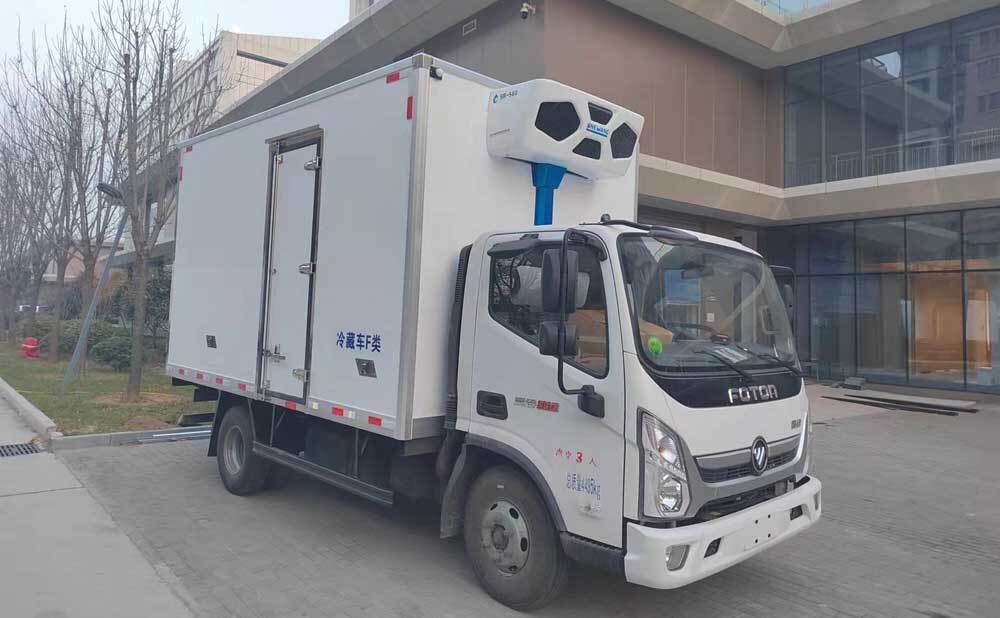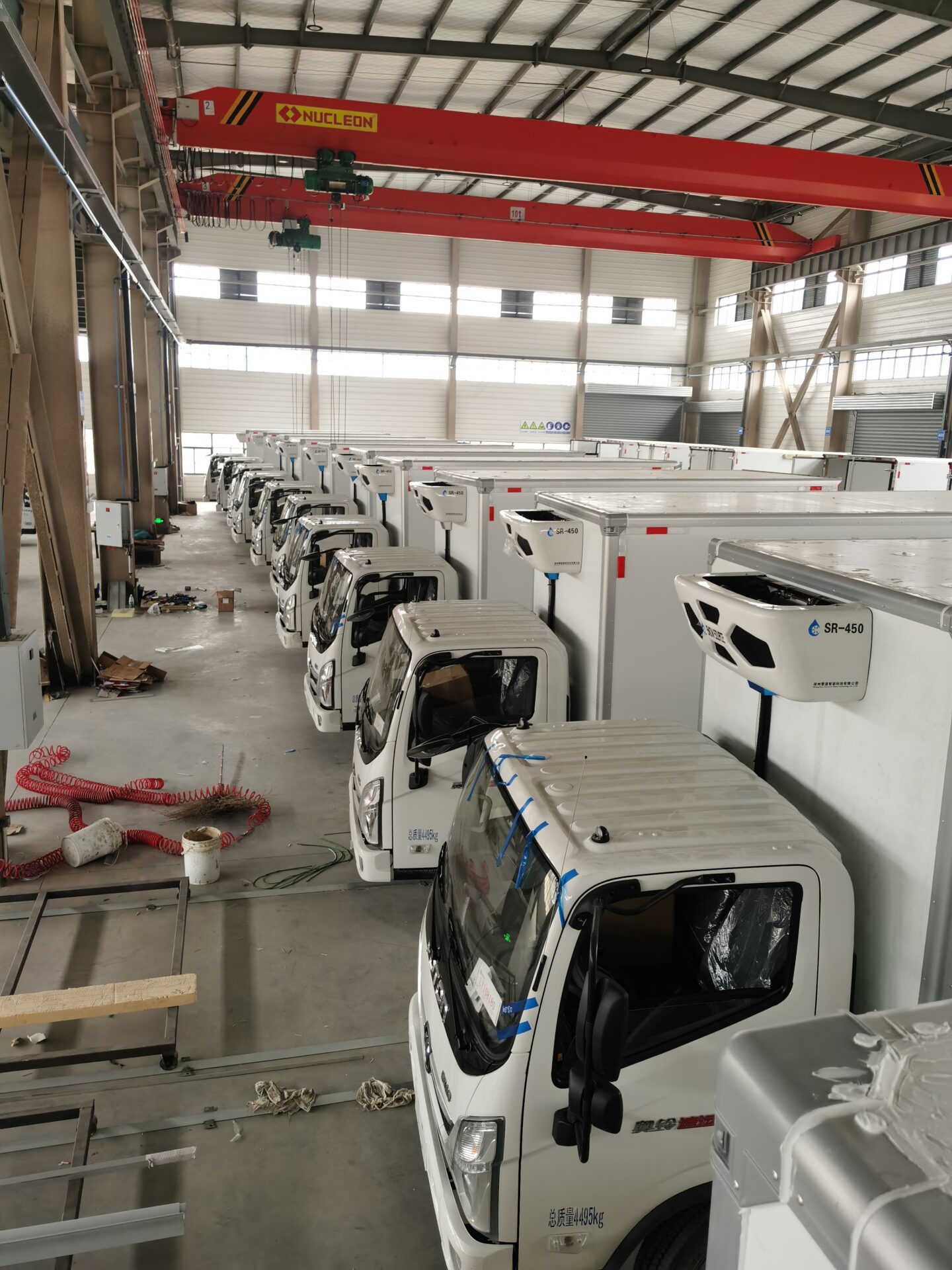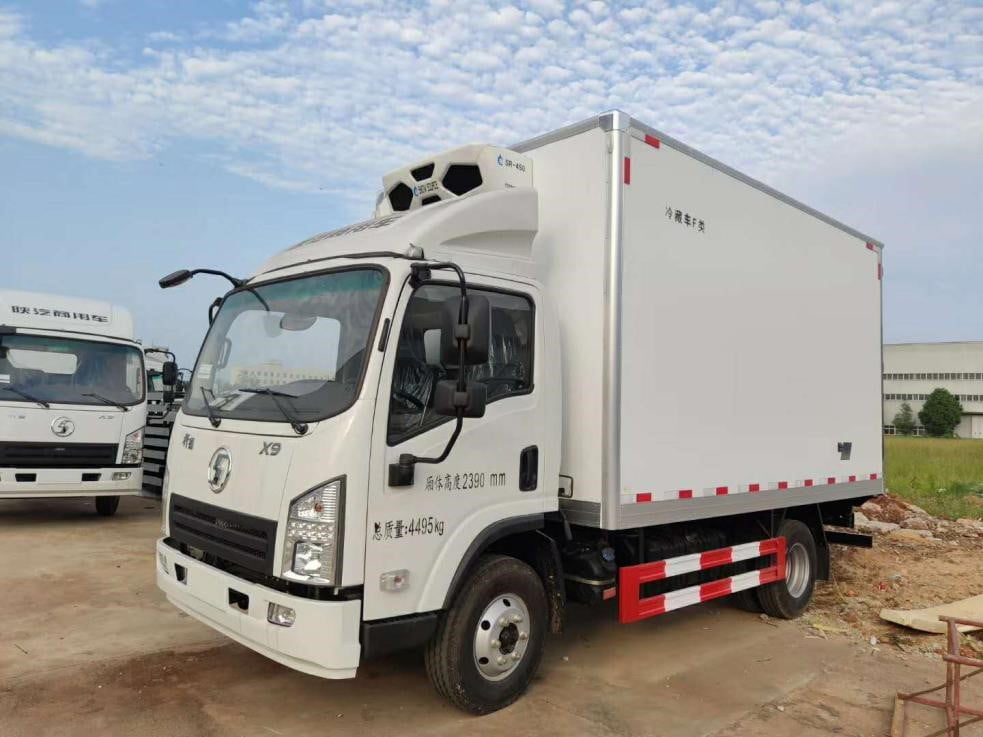The basic principles of automotive air conditioning refrigeration. There are three main points:
1. When a liquid turns into a gas, it needs to absorb a lot of heat. The heat is absorbed and the temperature decreases.
2. The change in temperature is not only related to the amount of heat contained in the object, but also related to the volume and mass of the object.
3. The natural transfer of heat can only be from high-temperature objects to low-temperature objects.
Commercial vehicle air conditioners mainly have three major components, compressor, condenser, and evaporator. There are also a number of ancillary components, including expansion valves, pipes, condensing fans, blowers, etc. When the refrigerant evaporates in the device, it absorbs the heat of the air in the car room, thereby reducing the air temperature and achieving cooling purposes.
Automobiles air conditioning devices are mainly composed of compressors, condensers, expansion valves, evaporators and connecting pipelines to realize the four basic cycles of compression, condensation, pressure reduction and throttling, and evaporation. During refrigeration operation, the inlet of the four-way valve is connected to the condenser on the outside of the vehicle, and the other two outlets are connected to the evaporator and gas-liquid separator. The refrigeration cycle is divided into the following four processes:
Compression process: The compressor sucks in the low-temperature and low-pressure refrigerant vapor generated in the evaporator, compresses it into high-temperature and high-pressure refrigerant vapor, and discharges it into the condenser.
Condensation process: After the high-temperature and high-pressure refrigerant vapor enters the condenser, it dissipates heat to the surrounding environment through the condenser under the action of the condensing fan, and becomes a high-temperature and high-pressure liquid refrigerant.
Throttling process: The high-temperature and high-pressure liquid refrigerant is throttled, cooled, and decompressed by the throttling mechanism, and turns into a low-temperature and low-pressure gas-liquid mixture and enters the evaporator.
Evaporation process: After being throttled by the expansion valve, the low-temperature and low-pressure gas-liquid mixture enters the evaporator. Under the action of the evaporator fan, it absorbs the heat of the surrounding environment and vaporizes into a low-temperature and low-pressure gaseous refrigerant. The gas enters the compressed air through the gas-liquid separator. The machine performs compression again to complete a refrigeration cycle.

Under the continuous action of the compressor, the above-mentioned refrigeration process continues continuously, and the heat exchanger evaporator in the car continuously releases cold energy, thereby achieving the refrigeration effect.




